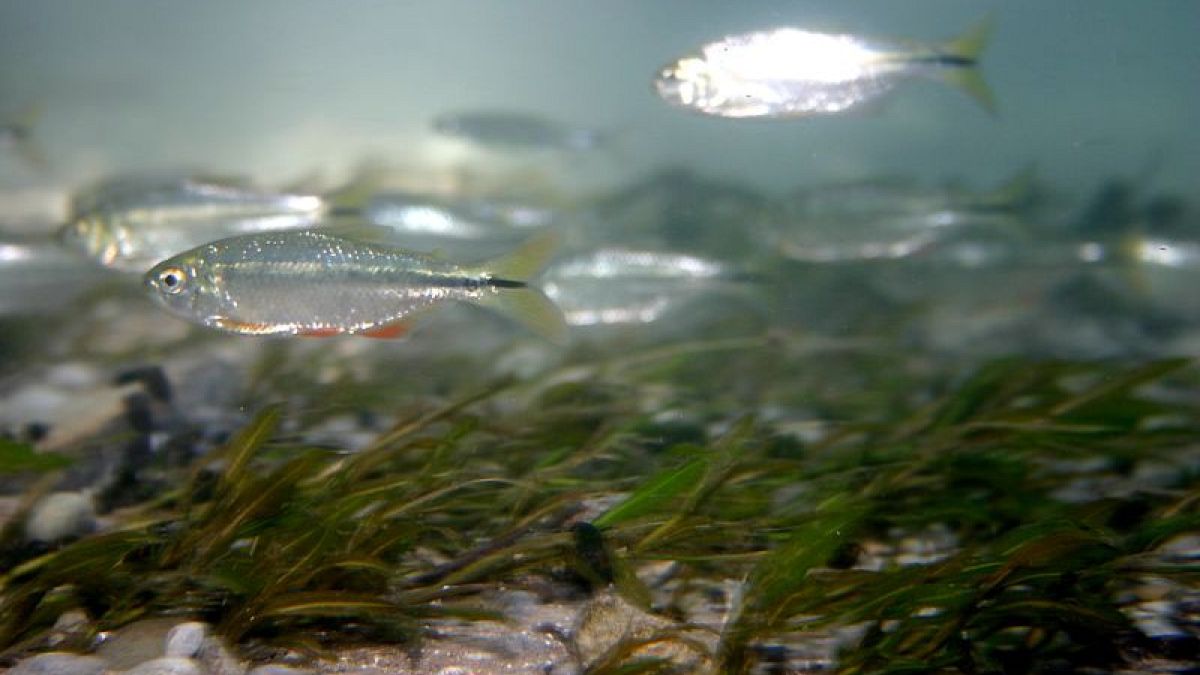Research carried out by the British Heart Foundation is looking at whether the genes of Mexican tetra fish might help repair heart damage in humans
A species of fish able to mend their own hearts is being examined by medical researchers who hope to use their findings to help repair heart damage in humans.
The fish in question are Mexican tetra fish (Astyanax Mexicanus), which can be found along the western edge of the Caribbean sea. Their genetics give them the incredible ability to regenerate their hearts after injury, although it is an evolutionary quirk that has given researchers clues as to how to harness this genetic gift.
The quirk came around 1.5 million years ago, when the tetras on the surface of the water were periodically washed by flood water into caves. Over time these flood waters subsided and some of the species found themselves trapped in these caves, where they had to adapt or die. As a result of the evolution of the cave-dwelling fish, they lost the ability to regenerate their own hearts. At the same time they lost both their colour and their eyesight; these traits became biologically redundant in caves deprived of light.
What the researchers have done is compare the cave tetra to their heart-mending counterparts on the surface and identified three 'genomic loci' - specific traits in the genome - that they have linked to heart regeneration.
The research was published in Cell Reports, having been funded by the British Heart Foundation.
Two genes in particular, lrrc10 and caveolin, were found to be more active in the surface tetra. In the case of lrrc10, it had been proven to play a role in the heart's performance in mice and humans.
One area researchers believe may hold a key to further understanding of heart regeneration is the ability of the surface fish to prevent scarring; after injury to the heart, for example a heart attack, human hearts (and those of cave tetra) create scar tissue to replace dead cells. This scar tissue subsequently prevents a heart from carrying out its principal job: pumping blood around the body. In the surface tetra on the other hand, the heart cells are rebuilt without scar tissue.
The report says there is hope that further research into the tetra's genetic make-up may one day help humans, millions of whom suffer from heart and circulatory disease in the UK alone:
"Extrapolating from Astyanax Mexicanus might provide clues as to why adult mammals lost the ability to regenerate their hearts during evolution and may ultimately lead to strategies to promote optimal human heart repair."
